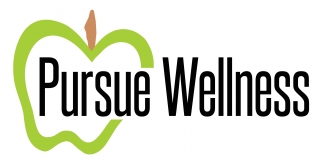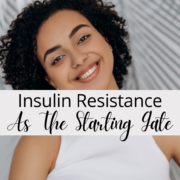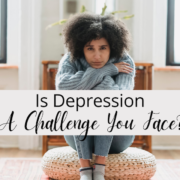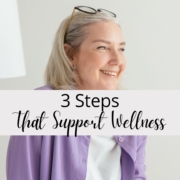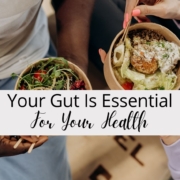Edit Versus Diet
 Scramble the Letters for Success
Scramble the Letters for Success
I’m not sure there is an adult in America who hasn’t dieted at least once in their life, and the majority may have trouble counting the number of times on their fingers.
Think back to the last one or two times. If you did lose weight, did it stay off or creep back on in the weeks following the diet? Why ….
Care to hear my theory?
I believe that the majority of diets are not effective long-term because in our minds they have a beginning and an end. What do you do when you reach the end of your diet? If I’m being candid about my past, I would say that I would celebrate by eating something I wasn’t allowed during the diet, and then returning to the way I was eating before I started the diet. How ’bout you?
What if, instead of dieting, you approached the challenge by editing your food choices? Scramble the letters and shift your focus to edit. Edit your food choices for sustainable results.
Start by examining your eating habits – what foods do you eat frequently? Are these sugary, highly processed foods, or soft drinks and fancy coffees? These put empty calories into your body that dehydrate you and throw your endocrine system out of whack. This one edit alone is likely to support weight loss, as will increasing your water intake in place of these empty-calorie drinks.
Read the nutrition label rather than the front of the package – you need to know the serving size and content of the food rather than the marketing claims. The nutrition label tells you about the protein, carbs and fats. If you could use some pointers on reading the label, check out this video.
Start your day with breakfast – and I don’t mean eating cereal and skim milk. Cereal is high glycemic and will set your body up for fat storage, as will the skim milk. Instead, balance the first meal of the day with protein (full-fat yogurt or a whole egg), carbs (veggies, fruit or whole grain source), and a healthy fat (nut butter, avocado or coconut oil are possibilities).
If you snack, plan it like a meal – to include a similar protein, carb, and healthy fat balance. Such a snack doesn’t need to be large, but will keep you satisfied longer. Avoid the packaged, flour-based items which offer no nutrition, but are essentially “dead” food-like substances.
Plan for success – scout your options and carry an emergency kit with hard-boiled egg, nut butter or hummus, veggies (carrots, celery, sugar snap peas), fruit, and other items that can be eaten for lunch or snack when other appropriate foods are not available. When eating out, review the menu ahead of time to make your choice, or look for simple, non-fried foods, as close to their original form as possible.
If you want to improve your wellness, don’t approach it with a diet mentality. Put on your editor’s cap, examine your food habits and edit the approach. Consistent edits can provide sustainable change and long-term benefits.
Does editing seem outside your comfort level? Call me. I can work with you on these steps to help you revise your approach and discover a new you.
